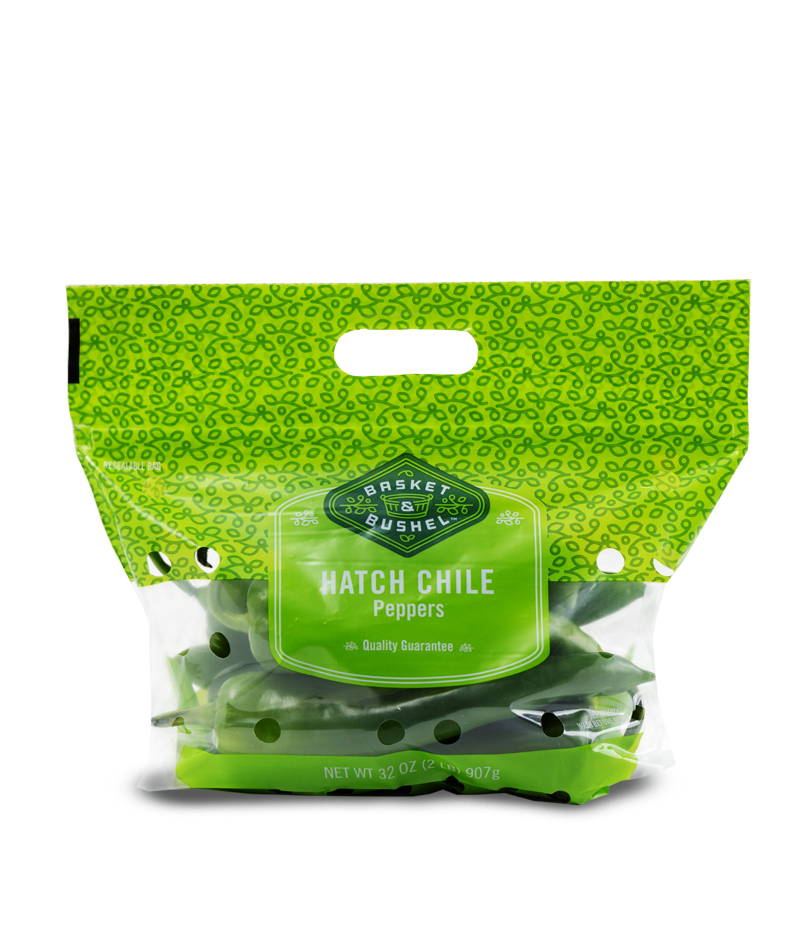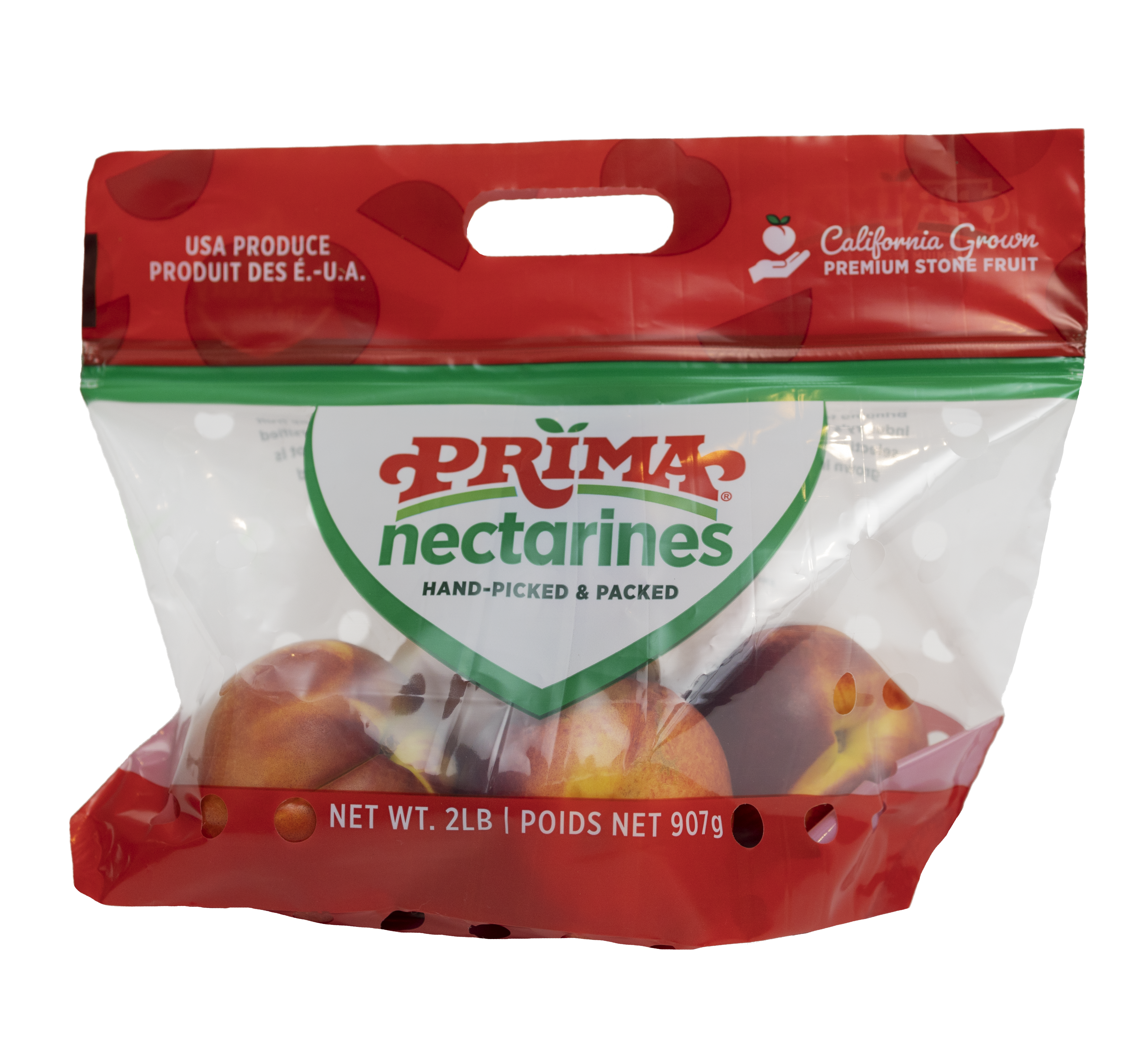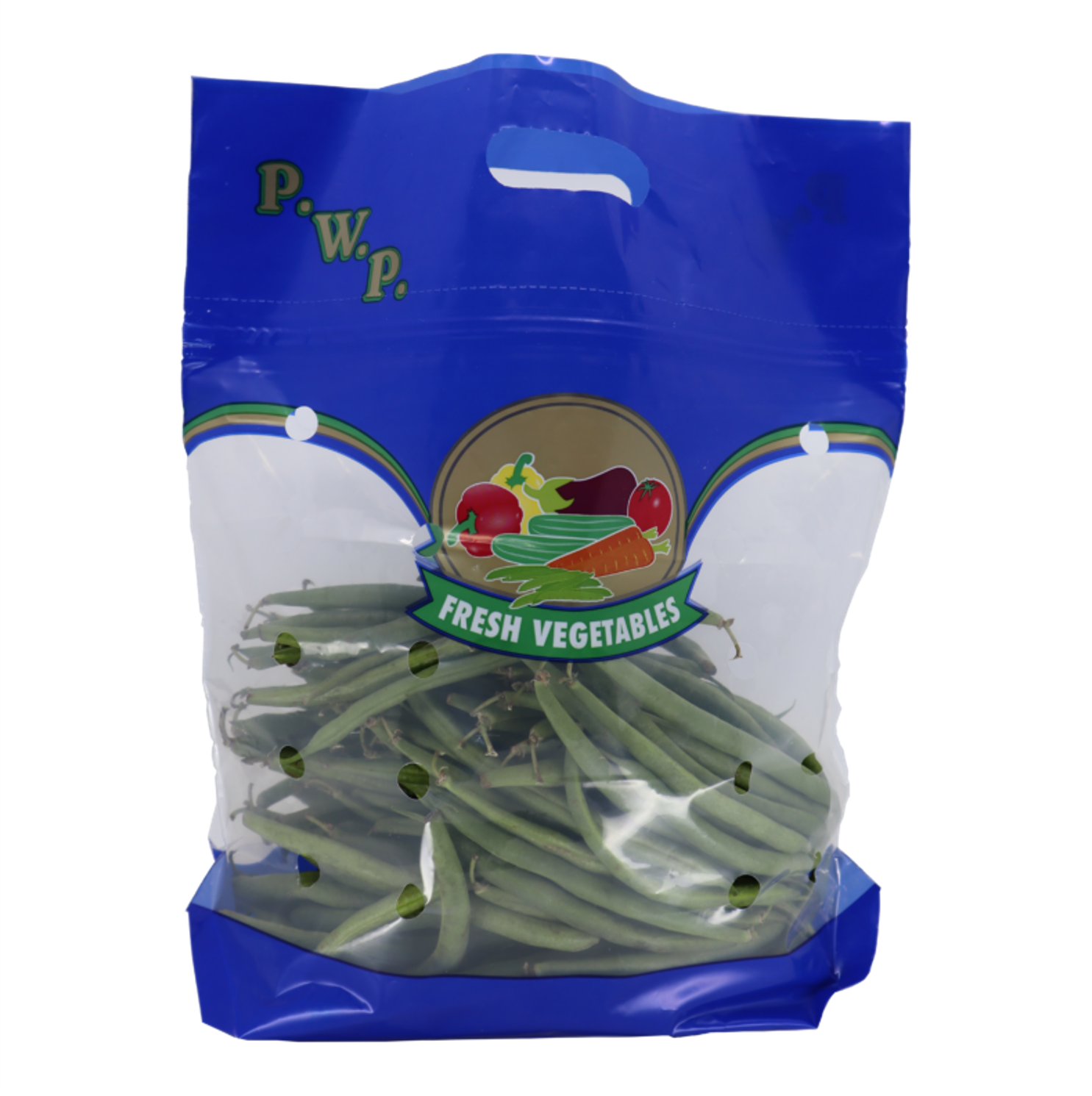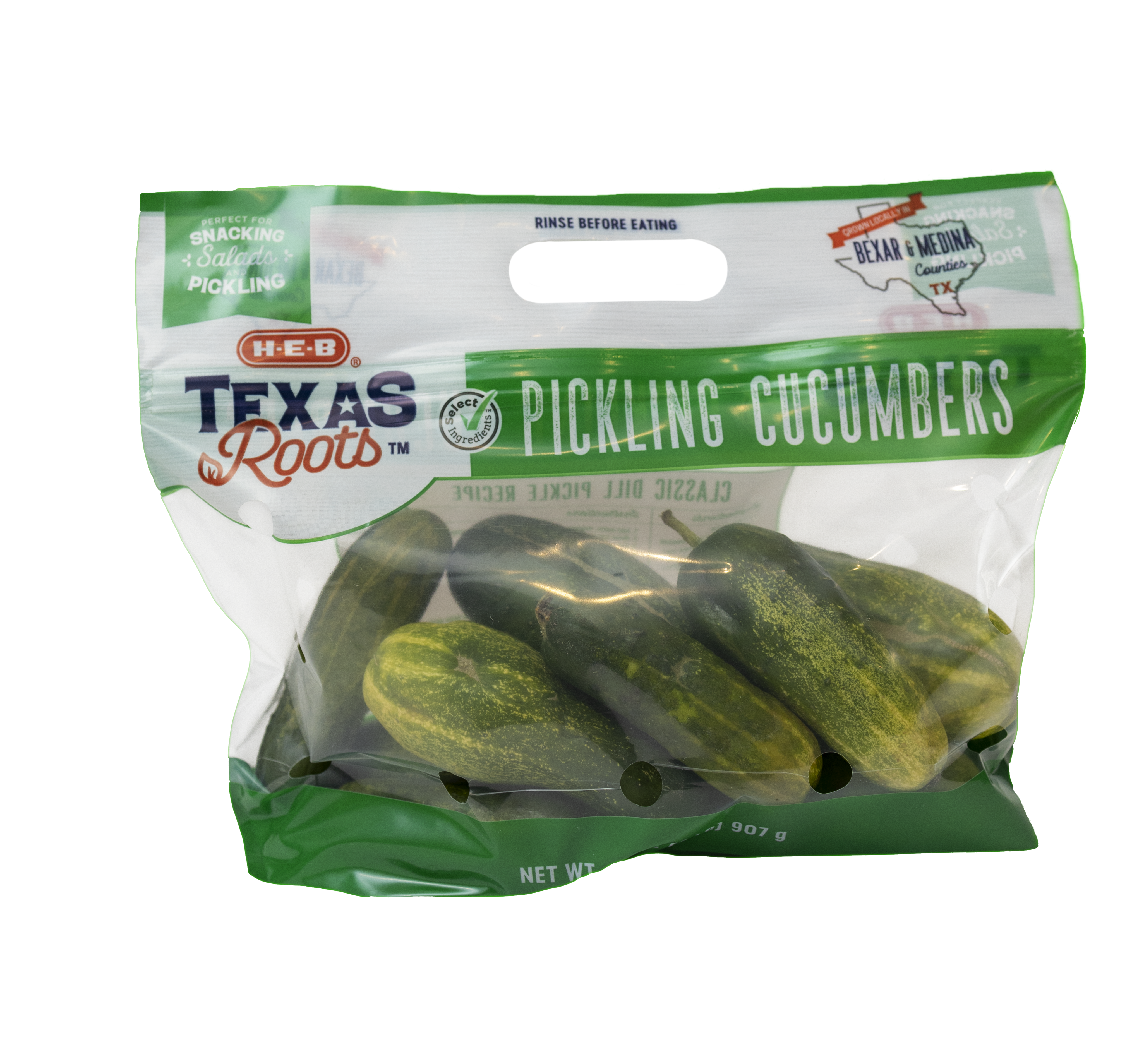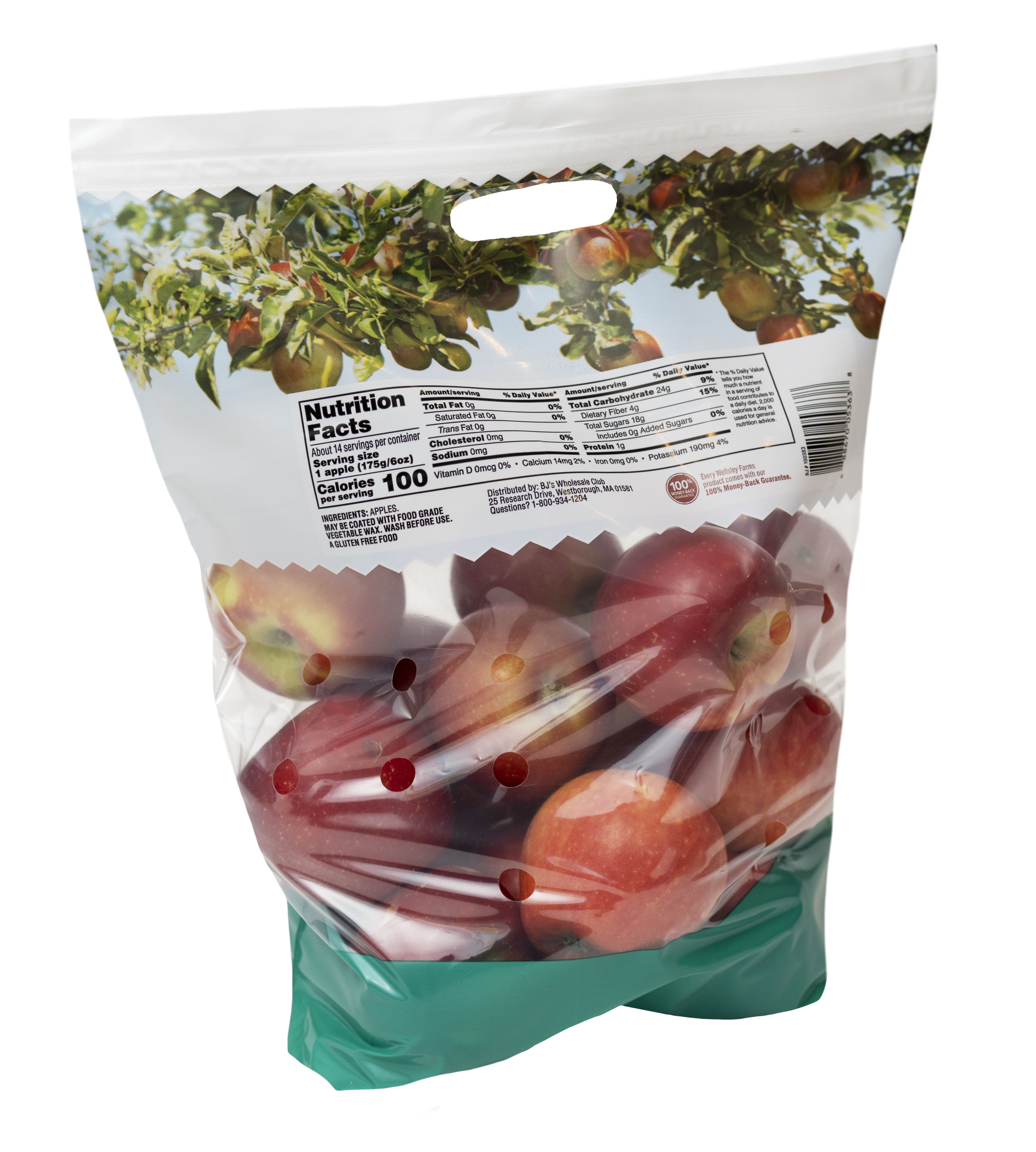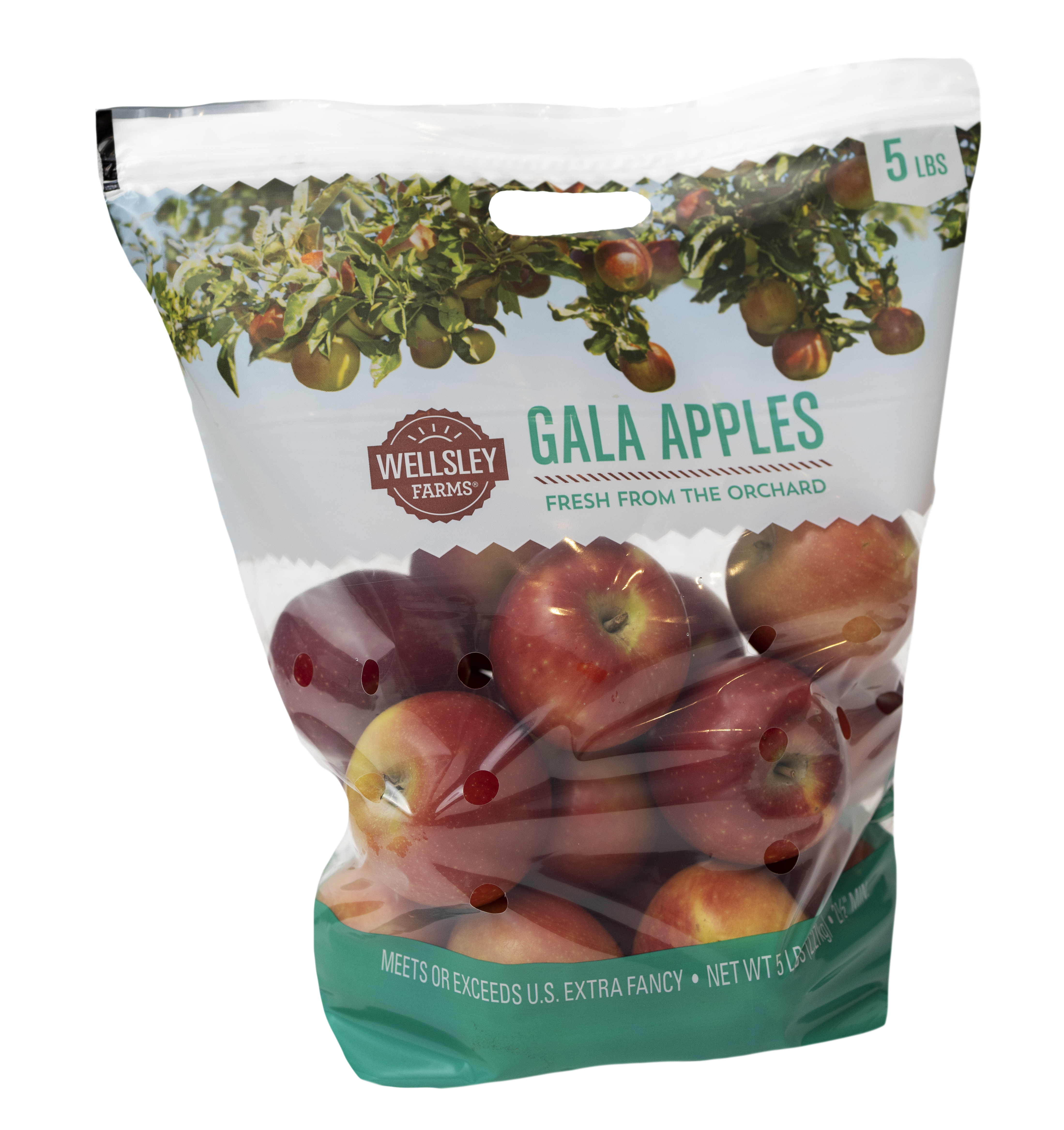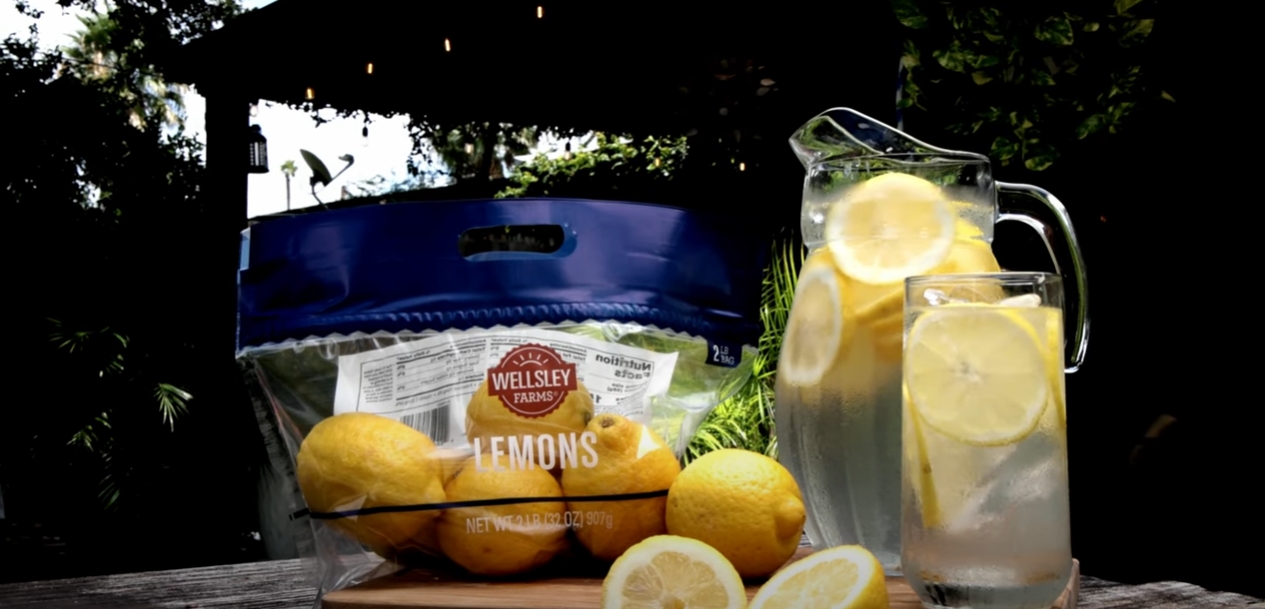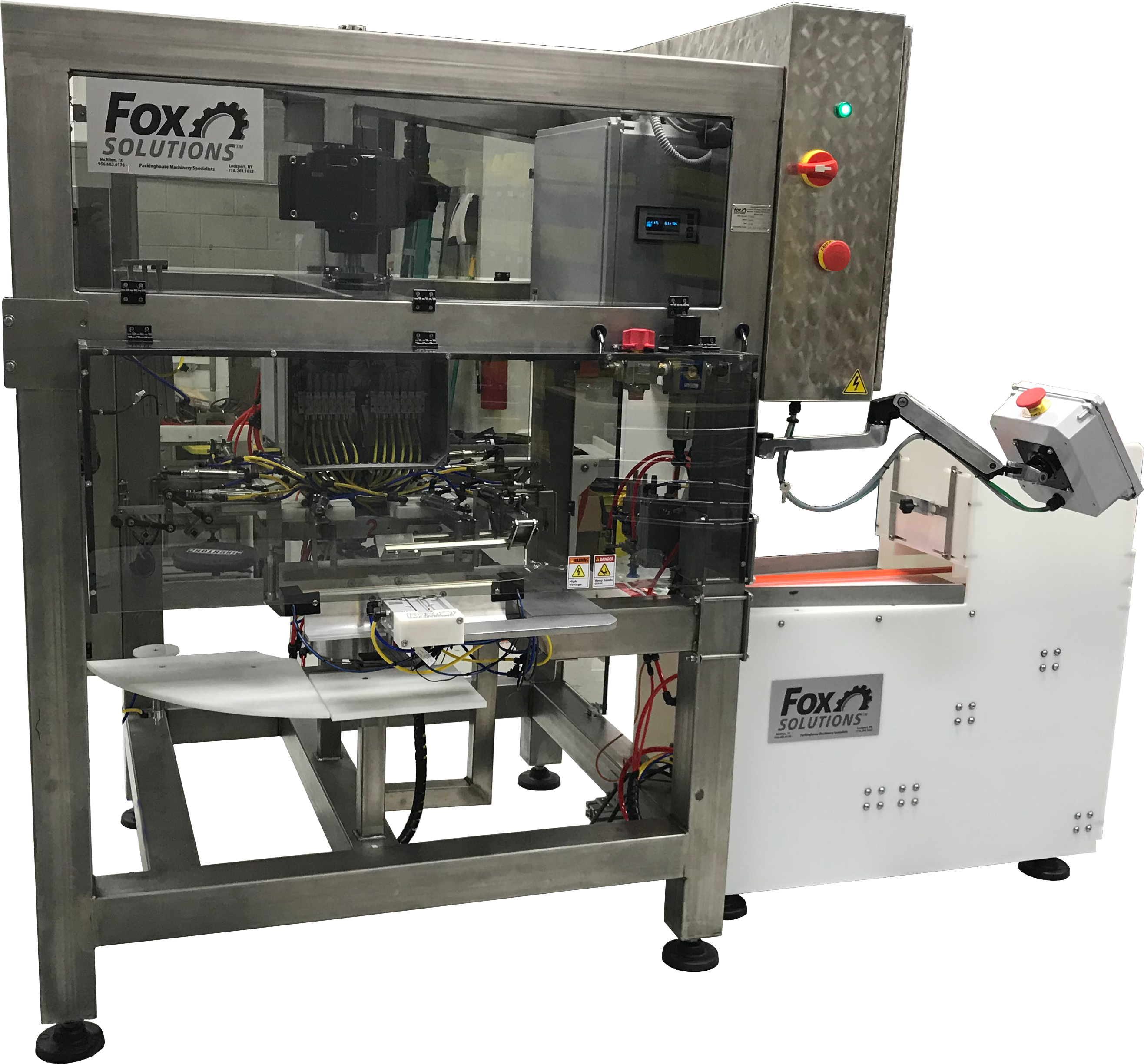- Packaging
- Fox Stand-up Poly
Fox Stand-up Poly
Fox Stand-up Poly
Details
Our full poly front and back pouch bags offer maximum branding opportunities with high-quality graphics on both sides.
These bags feature a convenient flat bottom for upright display and a zip closure to reduce product handling on store shelves.
Shoppers love the resealable and portable characteristics of this bag style.
Browse more Flexible Packaging Options.
Details
Our full poly front and back pouch bags offer maximum branding opportunities with high-quality graphics on both sides. These bags feature a convenient flat bottom for upright display and a zip closure to reduce product handling on store shelves. Shoppers love the resealable and portable characteristics of this bag style. Browse more Flexible Packaging Options.
Features
Weight Range
Ideal for single and small portion pack sizes
Printing Process
Surface printing through flexo graphic process produces a high dynamic range of colors
Downloads
Complimentary Machines
Resources
7 Global Packaging Trends
Download to learn about seven global packaging trends expected to transform the way we merchandise and sell fresh produce.
DownloadBest Practices to Achieve Inspired, High-Impact Packaging Design
Download one or all three of these Best Practices for High Impact Packaging Design resources: The Creative Brief, Packaging Copy, Packaging Design.
DownloadDisplay-Ready Packaging
Download to get best practices for putting together a successful display-ready packaging program.
DownloadFAQ
Poly packaging refers to packaging materials made from polyethylene or other types of polymers. Poly packaging is commonly used for a wide range of products, including fruits, vegetables, and potatoes. Here are some characteristics and considerations related to poly packaging for these food items:
- Polyethylene Material: Poly packaging is often made from polyethylene, a type of plastic known for its flexibility, durability, and moisture resistance. Polyethylene can be low-density (LDPE) or high-density (HDPE), each with its own set of properties.
- Versatility: Poly packaging is versatile and can be used for various types of produce, including fruits, vegetables, and potatoes.
- Clarity: Some poly packaging materials are transparent or have a certain level of clarity, allowing consumers to see the contents of the package. This transparency can be advantageous for product visibility and marketing purposes.
- Customization: Poly packaging can be easily customized in terms of size, shape, and printing. This makes it suitable for creating packaging solutions tailored to the specific needs of different products.
- Sealing Capabilities: Poly packaging can be heat-sealed or sealed using other methods, providing a secure closure that helps protect the contents from external factors.
- Protection: Poly packaging provides protection against physical damage, contaminants, and external elements during transportation and handling.
- Cost-Effectiveness: Poly packaging is often considered a cost-effective option for packaging due to the relatively low cost of the raw materials and the efficiency of the manufacturing process.
- Environmental Considerations: While poly packaging is widely used, there is growing awareness of its environmental impact. Some polyethylene materials are recyclable, and efforts are being made to develop more sustainable options, such as bio-based or biodegradable plastics.
It’s important to note that the choice between poly packaging and other packaging options, such as mesh bags or cardboard, depends on factors like the type of product, desired shelf life, ventilation requirements, and environmental considerations. Manufacturers and suppliers often make packaging decisions based on the specific needs of the products they are handling.
Poly packaging offers several benefits, contributing to its widespread use in various industries. Here are some key advantages of poly packaging:
- Versatility: Poly packaging is highly versatile and can be adapted for various products, shapes, and sizes. It is suitable for packaging a wide range of items, from food products like fruits and vegetables to non-food items.
- Customization: Polyethylene can be easily customized in terms of size, shape, and printing. This allows manufacturers to create tailored packaging solutions that meet the specific requirements of different products and brands.
- Clarity and Visibility: Some poly packaging materials are transparent or have good clarity, allowing consumers to see the contents of the package. This can be advantageous for marketing, as it showcases the product and provides a clear view of its quality.
- Lightweight: Poly packaging is lightweight, which can contribute to cost-effective transportation and reduce the overall weight of packaged goods. This is particularly relevant in the logistics and shipping industry.
- Moisture Resistance: Polyethylene has inherent moisture resistance, providing a protective barrier against external moisture and helping to keep products dry. This is crucial for items that are sensitive to humidity.
- Sealing Capabilities: Poly packaging can be effectively sealed using various methods, such as heat sealing. This ensures a secure closure, protecting the contents from contamination and maintaining product freshness.
- Durability: Poly packaging materials are durable and resistant to tearing and punctures. This durability provides protection for the packaged items during transportation, handling, and storage.
- Cost-Effectiveness: The production of poly packaging is often cost-effective due to the efficiency of the manufacturing process and the relatively low cost of raw materials. This can contribute to cost savings for both manufacturers and consumers.
- Recyclability: Many polyethylene materials are recyclable, contributing to efforts to reduce environmental impact. Recycling facilities are available in many regions to process and reuse poly packaging materials.
- Barrier Properties: Depending on the specific type of polyethylene, poly packaging can provide a barrier against external elements such as gasses, odors, and contaminants, helping to preserve the quality of the packaged products.
While poly packaging offers these advantages, it’s important to note that there are environmental concerns associated with certain types of plastics. Efforts are being made to develop more sustainable alternatives, such as biodegradable plastics or recycling initiatives, to mitigate the environmental impact of packaging materials.
Yes, when referring to “poly packaging bags,” it essentially means “plastic bags.” The term “poly” in this context specifically denotes polyethylene, which is a type of plastic commonly used for packaging. Polyethylene is a versatile material with various applications, and it is frequently utilized in the production of plastic bags.
Polyethylene is a commonly used material in the production of plastic bags, and these bags are widely used for packaging various goods, including groceries, clothing, and other retail items. Therefore, the comparison often comes down to the specific type of plastic used, its intended purpose, and any environmental considerations.
Here are some factors to consider when evaluating whether poly packaging bags are “better” than other types of plastic bags:
- Material Type: Poly packaging bags are a type of plastic bag, specifically made from polyethylene. The environmental impact and properties of the bags depend on the specific type of plastic used, whether it’s high-density polyethylene (HDPE) or low-density polyethylene (LDPE), for example.
- Environmental Impact: Both poly packaging bags and other plastic bags can have environmental implications, as they are derived from fossil fuels and may contribute to pollution. However, efforts are being made to improve the sustainability of plastic materials through recycling initiatives, the use of biodegradable plastics, and other innovations.
- Recyclability: Many poly packaging bags, especially those made from HDPE, are recyclable. However, the effectiveness of recycling often depends on local recycling infrastructure and consumer habits. Some other types of plastic bags may also be recyclable.
- Durability: Polyethylene bags are known for their durability and resistance to tearing or puncturing. This durability can be advantageous for certain applications where a robust bag is needed.
- Cost-Effectiveness: Polyethylene bags are often cost-effective to produce, which can contribute to their widespread use in various industries. The cost of production can be a factor in the choice of packaging materials.
- Alternatives: In the context of environmental concerns, some people may prefer alternatives to traditional plastic bags, such as reusable bags made from cloth or other eco-friendly materials. Reusable bags can reduce the overall consumption of single-use plastic.
Ultimately, the “better” option depends on the specific goals and priorities of consumers, businesses, and regulatory bodies. It’s important to consider factors like recyclability, environmental impact, and the intended use of the bags when making decisions about packaging materials. Sustainable practices and innovations in the packaging industry continue to evolve, providing more choices for environmentally conscious packaging solutions.
Poly bags are versatile packaging solutions suitable for a variety of foods and non-food products. The choice to use poly bags for shipping depends on factors such as the nature of the product, desired protection, and packaging requirements. Here are some examples of foods and products that often do well when shipped in poly bags:
Foods:
- Dry Goods: Poly bags are commonly used for packaging and shipping dry goods such as rice, grains, pasta, and cereals.
- Snack Foods: Items like chips, pretzels, popcorn, and other snacks can be efficiently packaged in poly bags.
- Bakery Items: Poly bags are suitable for packaging baked goods like bread, cookies, and pastries, providing protection against contaminants.
- Frozen Foods: Some poly bags are designed for use in the freezer and are suitable for packaging frozen fruits, vegetables, and other frozen food items.
- Bulk Produce: Poly bags are used for packaging bulk quantities of fruits and vegetables, offering a cost-effective and lightweight solution.
- Confectionery: Candies, chocolates, and other confectionery items can be packaged in poly bags for protection and visibility.
- Coffee and Tea: Poly bags with proper seals are used for packaging coffee beans and tea leaves, preserving freshness.
- Powdered Products: Items like flour, sugar, and powdered supplements can be efficiently packaged in poly bags.
Non-Food Products:
- Apparel: Poly bags are commonly used for packaging clothing items, ensuring protection against dust and moisture during shipping.
- Toys: Many toys are packaged in poly bags for easy handling and protection during transportation.
- Electronics Accessories: Items like cables, chargers, and small electronic accessories are often shipped in poly bags.
- Books and Magazines: Poly bags protect printed materials from potential damage during shipping.
- Craft Supplies: Products such as beads, yarn, and other craft supplies are often packaged in poly bags.
- Medical Supplies: Certain medical and healthcare products can be shipped in poly bags for protection and hygiene.
- Hardware Items: Small hardware components and tools can be efficiently packaged in poly bags.
- Promotional Products: Poly bags are used for packaging promotional items, merchandise, and giveaways.
It’s important to note that the choice of packaging material, including poly bags, depends on the specific requirements of the product, industry regulations, and environmental considerations. Additionally, for food items, it’s crucial to use food-grade poly bags that comply with safety standards to ensure the integrity and safety of the packaged products.
Poly bags are known by various names depending on the context and industry. Here are some alternative names for poly bags:
- Plastic Bags: This is a generic term used to refer to bags made of plastic materials, which can include poly bags.
- Polyethylene Bags: Since poly bags are typically made from polyethylene, they are sometimes specifically referred to as polyethylene bags.
- PE Bags: An abbreviation for polyethylene bags.
- Polythene Bags: An alternative spelling for polyethylene bags, commonly used in some regions.
- Poly Mailers: Poly bags designed for shipping and mailing purposes are often called poly mailers.
- Plastic Pouches: Small poly bags or sachets may be referred to as plastic pouches.
- Plastic Sacks: Larger poly bags, especially those used for bulk packaging, may be called plastic sacks.
- Clear Bags: Poly bags that are transparent or have good clarity may be referred to as clear bags.
- Resealable Bags: Poly bags with a resealable closure mechanism may be called resealable bags.
- Ziplock Bags: Poly bags with a zipper or zip-lock closure are often called ziplock bags.
- Grip Seal Bags: Another term for bags with a resealable closure, especially common in the UK.
- Plastic Pockets: Small poly bags used for holding documents or cards may be called plastic pockets.
- Retail Bags: Poly bags used for packaging retail products may be called retail bags.
- Merchandise Bags: Bags used for packaging merchandise, especially in retail settings.
- Die Cut Handle Bags: Poly bags with die-cut handles for easy carrying may be called die-cut handle bags.
- T-Shirt Bags: Larger poly bags with handles, often used in retail and grocery stores and resembling the shape of a T-shirt.
- Carryout Bags: Bags designed for customers to carry purchased items out of a store.
- Food Storage Bags: Poly bags specifically designed for storing food items.
- Biodegradable Bags: Some poly bags are marketed as biodegradable, emphasizing their environmental characteristics.
- Reclosable Bags: Another term for bags with a reclosable feature, like ziplock or resealable bags.
These terms can be used interchangeably, and the choice of name often depends on the specific characteristics and use of the bags in different industries and applications.
